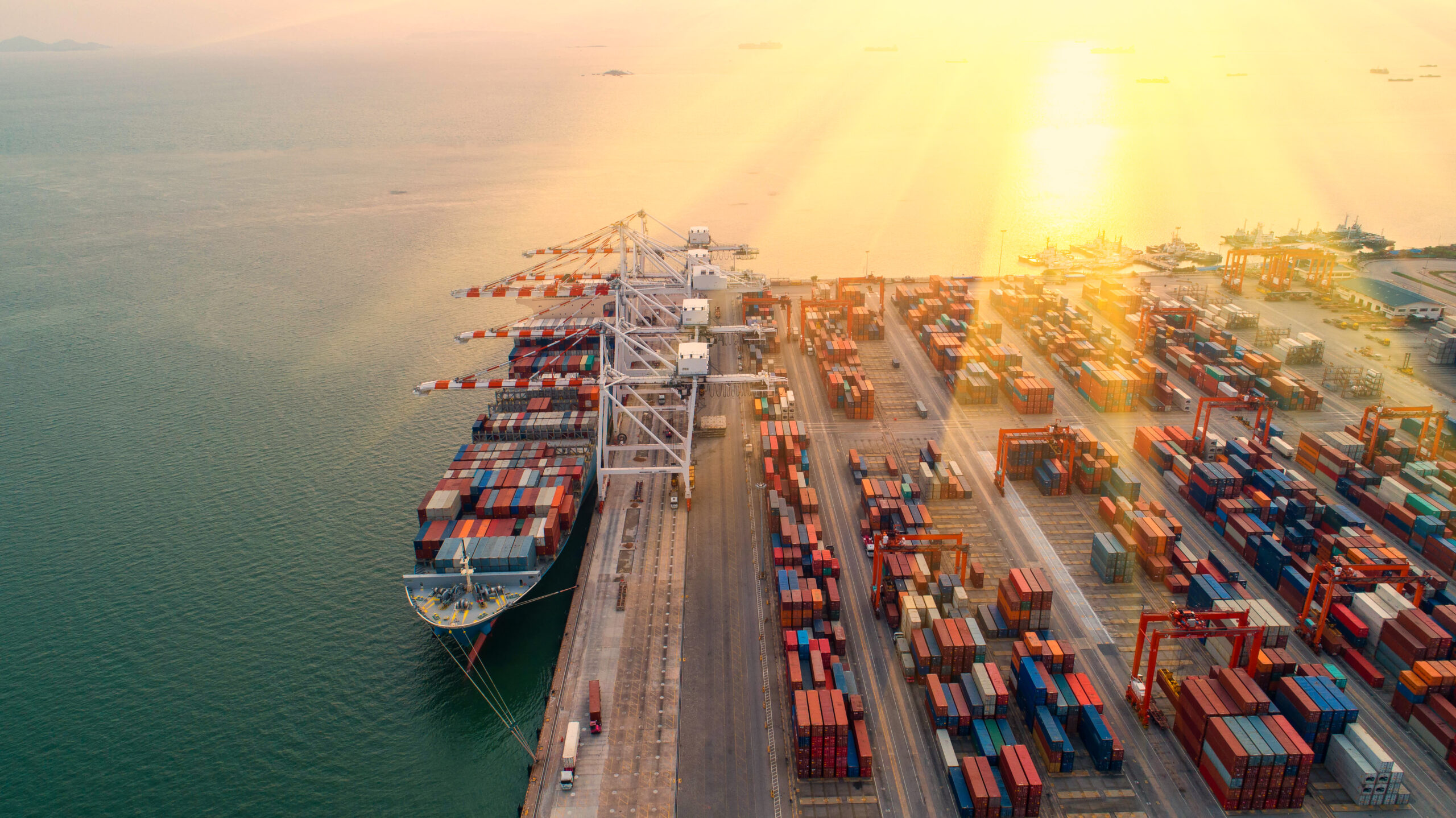
Everyone’s Talking Tariffs
May 29, 2025
Written By Tim Danze
On April 2, 2025, President Trump held his “Liberation Day” press conference in the White House Rose Garden to announce a sweeping round of tariffs on 57 countries, including a universal 10% tariff on all foreign imports. Since that date, conversations around tariffs have become nearly inescapable. What was once a relatively niche topic, often confined to policy circles and trade journals, has become a daily headline in the economic and political discourse.
For those who don’t know, tariffs are essentially taxes that a government places on goods imported from other countries. When a foreign product enters the country, the government charges a fee, which is usually a percentage of the product’s value. The idea is to make imported goods more expensive so that consumers are more likely to buy domestically made products instead.
I am a bit apprehensive to write about tariffs because we’ve already seen the Trump Administration change course on announced tariffs on Canada and Mexico in a matter of days in March. This process repeated itself when the reciprocal tariffs went into effect on April 7 and were paused for 90 days on April 9. With this administration, everything comes down to the dealmaker-in-chief. President Trump could make the entire conversation moot in months or even days.
As of this writing, the clock is ticking on the administration’s trade negotiations. The paused tariffs will resume on July 8, when dozens of countries will see tariffs rise to as high as 50%. In a May 6 appearance before Congress, Treasury Secretary Scott Bessent said the administration was in talks with 17 countries and the tariff deals were “proceeding very well.” When asked what Americans can expect to see on tariffs a year from now, he said, “I would be surprised if we don’t have more than 80 or 90% of those (trade deals) wrapped up by the end of the year.”
While it remains to be seen how the negotiations will unfold, the markets—and the public—are left to wonder how much prices will rise and to what extent tariffs might contribute to inflation.
When it comes to energy prices specifically, tariffs carry more risks than rewards. In general, energy-related tariffs are more disruptive than protective. For example, if refiners move away from Canadian crude oil and instead source supply from the Middle East, the shift certainly adds cost, geopolitical risk and supply chain instability.
Waivers and selective enforcement make it difficult to predict how tariffs will ultimately affect us. For instance, China relies heavily on U.S. ethane and propane. While China has alternative sources, it’s unlikely to fully cut off American imports. In fact, China recently waived the tariff on ethane due to this dependency, and a similar waiver on propane appears likely in the near future. While tariff talk has supported prices in the near term, waivers could leave many energy products outside the scope of the tariffs.
Overall, the uncertainty surrounding energy-related tariffs has made markets uneasy. Prices have been influenced more by speculation and fear than by actual policy changes. If tariffs remain in place, the market will eventually adapt, but likely with elevated costs. Even without finalized tariffs, the ongoing tariff conversation has contributed to price increases and heightened volatility.
The broader effects of these tariff threats are already being felt. Inflationary pressure and concerns about a possible recession are weighing on energy markets. These headwinds do not support higher prices. Many analysts are forecasting weak demand and soft prices through the rest of 2025. In the bigger picture, however, a downcycle could set the stage for a longer-term rebound—especially if the economy returns to stronger growth, and energy producers find themselves scrambling to catch up.

